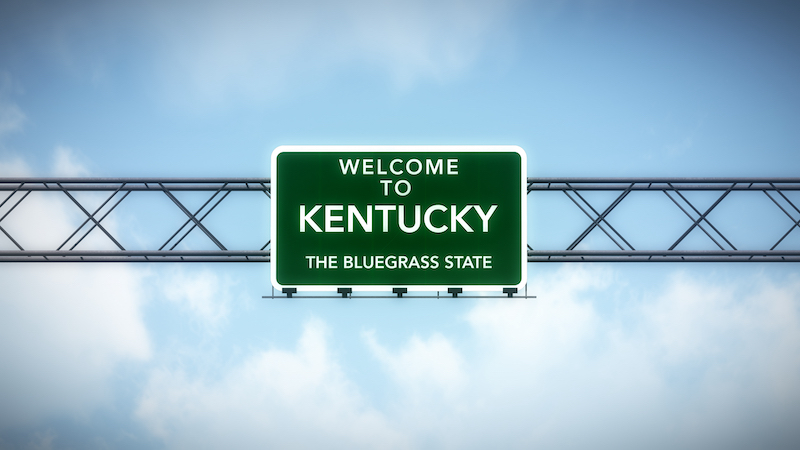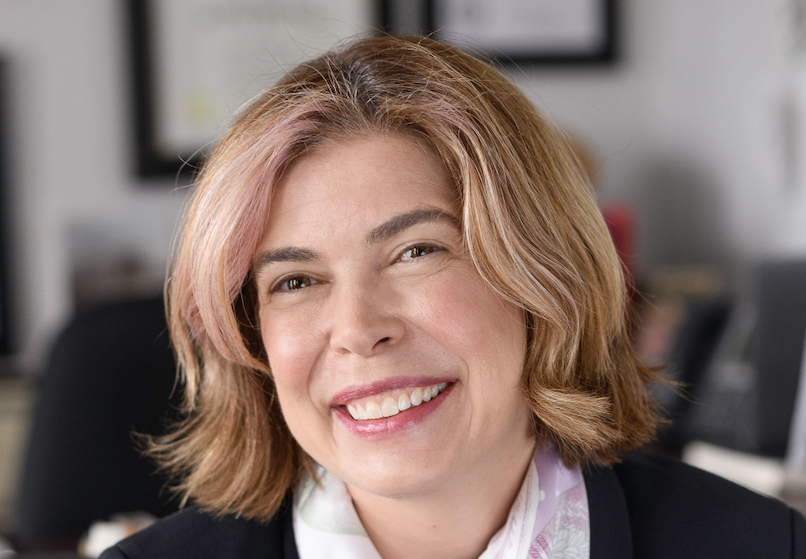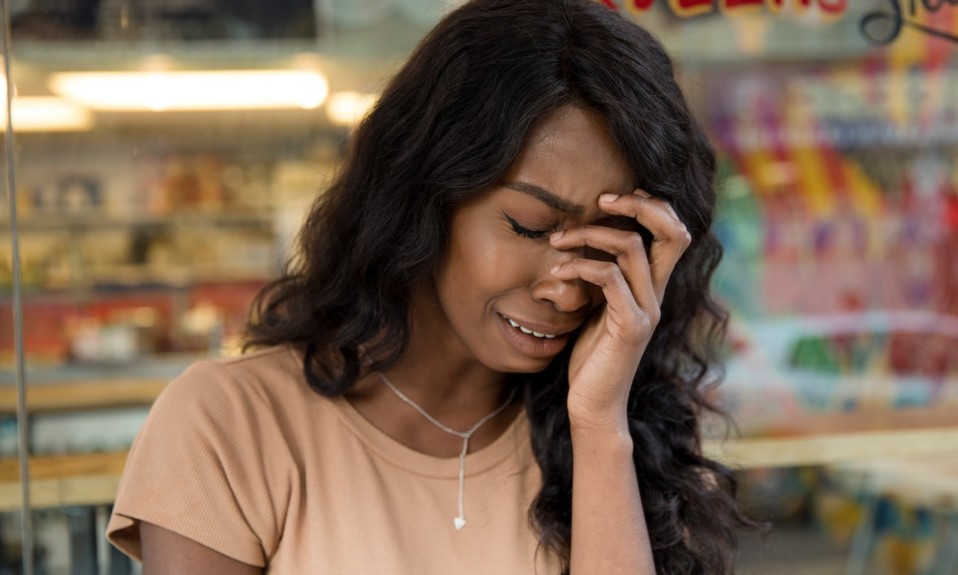With Michelle Lofwall leading the way, the study is in the arduous process of trying to alter the trajectory of the opioid epidemic
By Jason Langendorf
More than 87,000 Americans die annually as a result of complications from diabetes. Every year, well over 120,000 deaths in the U.S. are attributed to Alzheimer’s disease. Existing therapies are proven to have had some success in treating both conditions, but for now, those maladies are incurable.
Overdose deaths now kill more Americans per year than diabetes, and they are fast approaching the lethality of Alzheimer’s. Although addiction is a complex brain condition that can also be profoundly influenced by societal factors (community, race, stigma and more), there are evidence-based treatments known to be effective in reducing harm and decreasing the incidence of overdoses. But unlike patients with other diseases, only a fraction of people with addiction receive the care they need.
“Not everybody’s going to have a perfect outcome. But it doesn’t mean you throw the baby out with the bathwater, right?”
—Michelle Lofwall, HEALing Communities Study
Michelle Lofwall thinks that should—and can—change. Lofwall, MD, a professor of psychiatry and addiction medicine at the University of Kentucky, is part of the group working on a federally funded initiative called the HEALing Communities Study (Helping to End Addiction Long-Term)—with the goal of engaging and connecting systems at the local level to reduce overdose deaths by 40% over three years.
“We’re really lucky that there are overdose-reversal agents that can save lives, like naloxone,” Lofwall says. “There are medications that are [Food and Drug Administration] FDA-approved for opiate use disorder that are safe and help people stop using illicit opiates, or at least greatly reduce and decrease criminal activity and decrease spread of infection and decrease risk of death by over 50%.
“But the problem has been that we haven’t had enough of this in our communities. We haven’t had enough adoption of these evidence-based practices.”
The Mission of HEALing Communities
Announced by the National Institute of Health (NIH) in April 2019, the HEALing Communities Study is an initiative overseen in partnership by the National Institute on Drug Abuse (NIDA) and Substance Abuse and Mental Health Services Administration (SAMHSA)—equal parts data collection and actionable problem-solving. Funded by more than $350 million in grant awards, the study works with 67 communities—counties and townships—across four states (Kentucky, Massachusetts, New York and Ohio) in some of the areas most affected by the nation’s opioid epidemic. The goals, as stated by NIH:
- Track communities as they reduce the incidence of opioid use disorder (OUD)
- Increase the number of individuals receiving medication-based treatment for OUD
- Increase treatment retention beyond six months
- Provide recovery support services
- Expand the distribution of naloxone
The initial task alone was a monumental one:
“When I started this job two and a half years ago, we literally started with a blank slate,” Monika Salvage, project director for the Cayuga County (N.Y.) arm of the HEALing Communities Study, recently told the Inside the FLX podcast. “We knew the situation was bad because we heard it from the people on the ground level, but we really had no good, current local data to see what was going on and how to tackle it all.”

Study directors connected with local agencies to begin building databases. Landscape analyses and heat maps of pharmacies, treatment providers and syringe service programs (SSPs) were created. Establishing baselines and trackable metrics was critical to understanding the problem at the local level.
“That was really something that took quite some effort and quite the collaboration among the partners,” Salvage said, “and that’s why we’re able to talk about this stuff right now—because we have the two-plus years of data.”
Grassroots Activism
The HEALing Communities Study comprises two waves: Half of the participant communities were selected for the initiative’s “active phase,” while the other half would continue administering their own services. For study directors and others directly involved, that meant the shoe-leather work of recruiting local stakeholders, gathering “snowball samples” and growing workforces—grassroots efforts to create more access points for OUD treatment while removing barriers to care.
“We know each community is unique and has their own unique needs,” Lofwall says. “It’s really important for communities to have a sense of agency and to be involved, and to just have people come together and be more connected is critical for us to get out of this really significant public health problem that we’re in right now.”
Community advisory boards are made up of state officials, members from the Office of Drug Control Policy, treatment organization leaders and people with the lived experience of OUD. Other locals play an active role in choosing the resources and practices made available to each HEALing Community—and in some cases, they create their own. Those may include education efforts, partnerships with law enforcement, the implementation of mobile treatment workforces or strategic placing of “naloxboxes” (in-case-of-emergency access to naloxone).
“It’s very interdisciplinary,” Lofwall says.
Lofwall says her group has made some crucial discoveries, such as the pressing need for patient transportation, sympathetic recovery housing, and jail and prison staffing for incarcerated patients.
When Wave 1 ends at the end of 2022, the study’s Wave 2 communities will begin receiving services—and reaping the benefits of what was learned from the initiative’s Wave 1 efforts. Lofwall says her group has made some crucial discoveries, such as the pressing need for patient transportation, sympathetic recovery housing, and jail and prison staffing for incarcerated patients.
There may be no current cure for addiction, but Lofwall says plenty more can be done to increase access to treatment and improve the odds that people can live healthier, more fulfilling and more productive lives.
“Not everybody’s going to have a perfect outcome,” Lofwall says. “But it doesn’t mean you throw the baby out with the bathwater, right? We offer people treatment for cancer, and lots of people will do well—but they don’t all live. But we don’t stop offering cancer treatment.”
Bottom photo: Shutterstock














